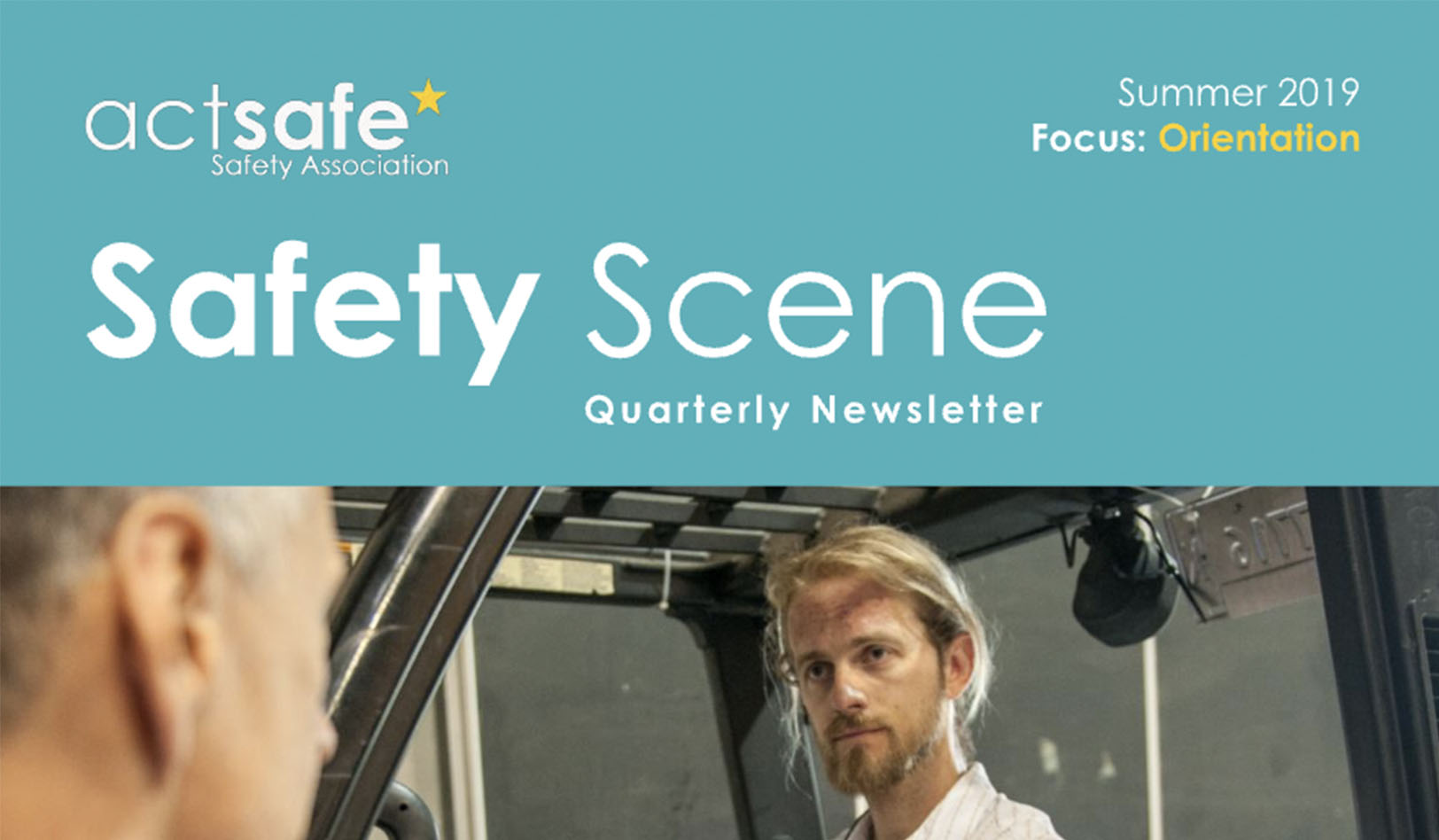Written by Jennifer Lane, Marketing and Communications Coordinator, Actsafe Safety Association.
The role of a Locations Manager is to source and find locations to be used in production. It is part of their role to ensure that the location is a safe environment for the crew to be in, and one they can get to safely. “When on location, from the moment we begin scouting and set foot on a potential site, an assessment is made regarding hazards or potential hazards” says Locations Manager Amy Laurel Barager, who is currently working on the hit Warner Bros. show ‘Supergirl’.
Safety is of the utmost importance on the ‘Supergirl’ set, and Barager feels passionate about the value of orientations: “I believe orientations are vital…Whether it is teaching someone to use a radio for the first time, all the way to tailgate usage or a safety meeting;”
“Orienting those who are on a site about hazards and potential hazards is what keeps us safe.”
However, communication at the end of the working day can be just as important. It’s a way of finding out what safety hazards workers encountered and having a conversation on how best to rectify them.
There are three rights that all workers in the province of B.C. have:
- the right to know about hazards and controls in the workplace;
- the right to participate in health and safety activities in the workplace;
- the right to refuse unsafe work without getting punished or fired.
Worker rights and responsibilities must be pointed out, especially to new and young workers, during orientation.
“Orientation sometimes isn’t just about the immediate location we are filming or preparing to film at” says Barager. “Sometimes it’s teaching how to ask for something or how to raise a concern. It’s about teaching someone new how to use a radio or fill out a start pack.”
“It’s about empowering your team with knowledge.”
The way orientations are carried out is changing, with productions moving towards alternative ways to give orientations, while still ensuring that all the vital safety information is delivered. “Orientations begin in my office with a discussion of hazards and safety requirements. A conversation about solutions, if one is needed, and an open door for anyone to join in. Orientations are carried out verbally, through a memo for full or partial distribution, notices are posted or we get the word out digitally” details Barager.
One digital platform that the ‘Supergirl’ team utilizes is ‘Slack’. ‘Slack’ is a digital platform that allows members to instant message, share content, and interact with one another. This makes it a great platform for production teams to deliver important safety information. For ‘Supergirl’, Barager says: “Slack has been a game changer for my department. It has taken a bit of effort and certainly some persuasion however, we use it so advantageously now that I am able to know what is happening almost instantly, good and bad. This is usually accomplished without any use of ‘radio time’ and allow us to respond almost instantly. Anyone on the channel can post, therefore eliminating phone calls, time, and energy tracking down the information. Not just tracking it down but also spreading it to anyone on the channel. The more information everyone has the easier it is to communicate the boundaries and limitations of where we are physically on location.” In regards to orientations, Barager notes that “it is probably our primary tool for orientations within our department by posting callsheets, tasks and itineraries.”
Production teams encounter many different hazards, depending on the work that they are carrying out on any given day. Barager notes “complacency” as being her teams most common hazard: “We visit sets and locations repeatedly and forget that not everyone knows the previously established parameters.” A lack of sleep is another major hazard for her crew and in the motion picture industry in general due to the long hours and tight schedules. Fatigue and burnout are common place and Barager notes that “you must address yourself before you can safely assist others” so it’s your responsibility to alert your supervisor if you feel you are unable to perform your work in a safe way.
One lesson that we can learn from the ‘Supergirl’ team is that safety must be a team effort. It is not one person’s responsibility to ensure safety on set; but a collaborative effort. “I am very lucky to work for such a supportive Production Manager and Producers and it has stemmed from the top. Warner Bros. takes safety on set as a highest priority. Solutions have become a team effort…”
“Actsafe is really good at showing how each department head is responsible and how to work together.”
This collaborative approach is what ensures any safety issues are noted and that better steps are in place to ensure safety. “Leading by example is at the forefront on ‘Supergirl’ and from the top down there is respect and courtesy regarding any safety issues, requests for help or information. There is a policy of ‘good ideas are to be shared’ which also keeps everyone engaged; being a link to a bigger picture.”
This article was featured in the Summer 2019 edition of our quarterly newsletter Safety Scene. The full edition can be found here.



Share Now: